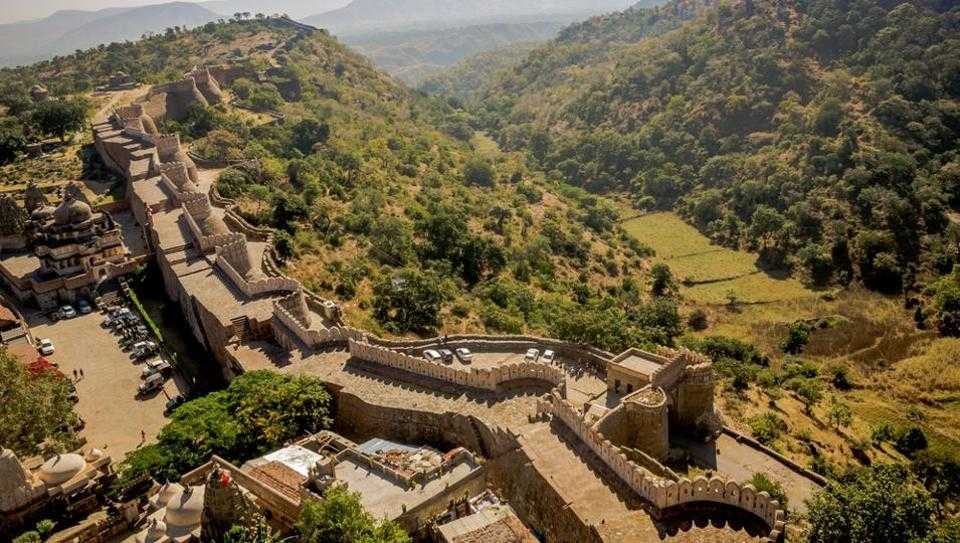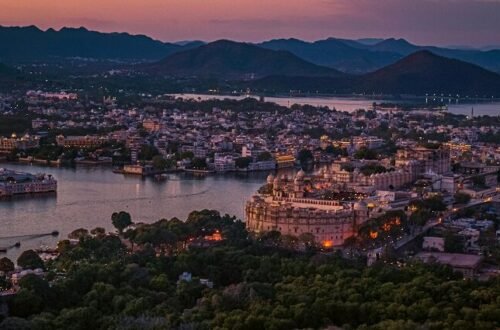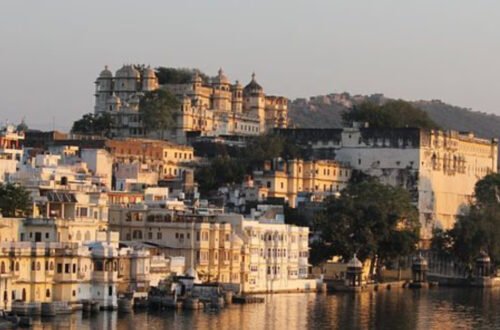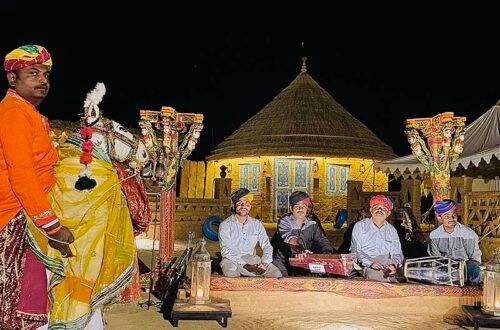Rajasthan’s serene landscapes and historic architecture invite travellers year-round, but timing your trip right can make a significant difference. Among its many attractions, Ranakpur Jain Temple and Kumbhalgarh Fort stand out for their spiritual aura and majestic design. These iconic destinations are best explored when the climate and surroundings perfectly complement the experience. Understanding the ideal time to visit helps ensure a rewarding journey through these architectural wonders.
The charm of Rajasthan lies not only in its historical marvels but also in the thoughtful planning of your travel itinerary. Most travellers prefer visiting during pleasant weather, avoiding the extremes of summer heat or unpredictable rains. Especially if you’re planning a spiritual day excursion or heritage tour, it’s best to align your trip with the seasons that offer both visual delight and physical comfort. Many visitors plan their Ranakpur Jain Temple Day Tour during the cooler months for a more immersive experience.
Winter Season: November to February – The Peak Time for Travel
The most recommended time to explore Ranakpur and Kumbhalgarh is between November and February. This is when Rajasthan sees its best weather—cool mornings, sunny days, and refreshing evenings.
- Comfortable Climate: Temperatures range between 10°C to 25°C, ideal for walking tours and detailed temple exploration.
- Festive Vibes: Many festivals such as Diwali and Makar Sankranti fall during this time, allowing visitors to witness cultural celebrations.
- Photography & Scenery: Clear skies enhance the architectural features of the marble temple and the rugged charm of Kumbhalgarh Fort, offering spectacular photography opportunities.
Travellers often choose this time for heritage trails or private excursions, guided by an experienced Tour Operator in Rajasthan, who can ensure smooth logistics and insightful commentary.
Spring: March – A Short Window of Pleasant Exploration
March brings the tail end of the comfortable weather before the heat begins. It’s a transitional period when the air is still cool in the mornings and evenings but gets warmer during the day.
- Moderate Weather: Temperatures hover around 20°C to 30°C.
- Less Crowded: The post-winter lull means fewer tourists, offering a more peaceful experience inside the temple complex and fort areas.
- Spiritual Focus: If you prefer spiritual travel with fewer distractions, this month is well-suited for meditative and mindful temple visits.
Monsoon Season: July to September – A Green Transformation
While the monsoon isn’t a conventional time for Rajasthan tourism, it does bring a unique beauty to the Aravalli hills that surround Ranakpur and Kumbhalgarh.
- Lush Surroundings: Rain revives the dry landscape, creating a scenic backdrop of greenery.
- Romantic Ambience: Couples and photographers often prefer this season for its misty vibes and softer lighting.
- Caution Advised: Due to occasional downpours, accessibility may be affected in remote regions, and outdoor walking can become slippery.
This season is ideal for travellers seeking something different from the mainstream dry-season visits. However, it’s best to plan with an operator familiar with the terrain and logistics to manage weather-dependent changes smoothly.
Summer: April to June – For the Resilient Traveller
Summer in Rajasthan is intense, with temperatures often exceeding 40°C. Visiting Ranakpur and Kumbhalgarh during this time is only advisable for those who can tolerate the heat or want to explore with fewer crowds.
- Heat Precautions: Carry water, wear breathable cotton clothes, and avoid visiting during the afternoon.
- Budget Travel: Accommodation and transport services are more affordable during this off-peak period.
- Limited Time Outside: Early morning or late evening visits are more comfortable; daytime exploration is not recommended.
Despite the heat, summer can be beneficial for budget travellers and photographers who want uninterrupted shots without the distraction of large tourist groups.
Ideal Time for Day Tours
If you’re planning a Kumbhalgarh Sightseeing tour, especially as a day trip from Udaipur or Mount Abu, timing becomes crucial. Start early in the morning during winter or spring months to enjoy both Ranakpur and Kumbhalgarh in daylight. Most guided tours include temple visits, fort climbing, and scenic viewpoints, all of which require good lighting and comfortable walking conditions. Tour operators often curate full-day packages with transport, meals, and local guides to help you make the most of the trip without fatigue.
Key Tips for Your Visit
- Dress Respectfully: Both sites are of religious and historical importance. Wearing modest clothing shows cultural sensitivity.
- Hire a Guide: Understanding the history and spiritual significance enhances the experience tenfold.
- Check Timings: Ranakpur Temple is open from early morning till evening, with a mid-day break. Kumbhalgarh Fort also has specific entry hours, so plan accordingly.
- Carry Essentials: Sunscreen, hats, reusable water bottles, and comfortable shoes are essential regardless of the season.
Conclusion: Plan with the Season, Travel with Purpose
Ranakpur and Kumbhalgarh are timeless treasures, offering more than just sightseeing—they offer a window into India’s spiritual and architectural brilliance. While each season presents a different face of Rajasthan, winter remains the most suitable time for a well-rounded experience. By choosing the right season, preparing in advance, and travelling with a knowledgeable Tour Operator in Rajasthan, your journey becomes more than just a trip—it becomes a memory etched in marble and stone.





